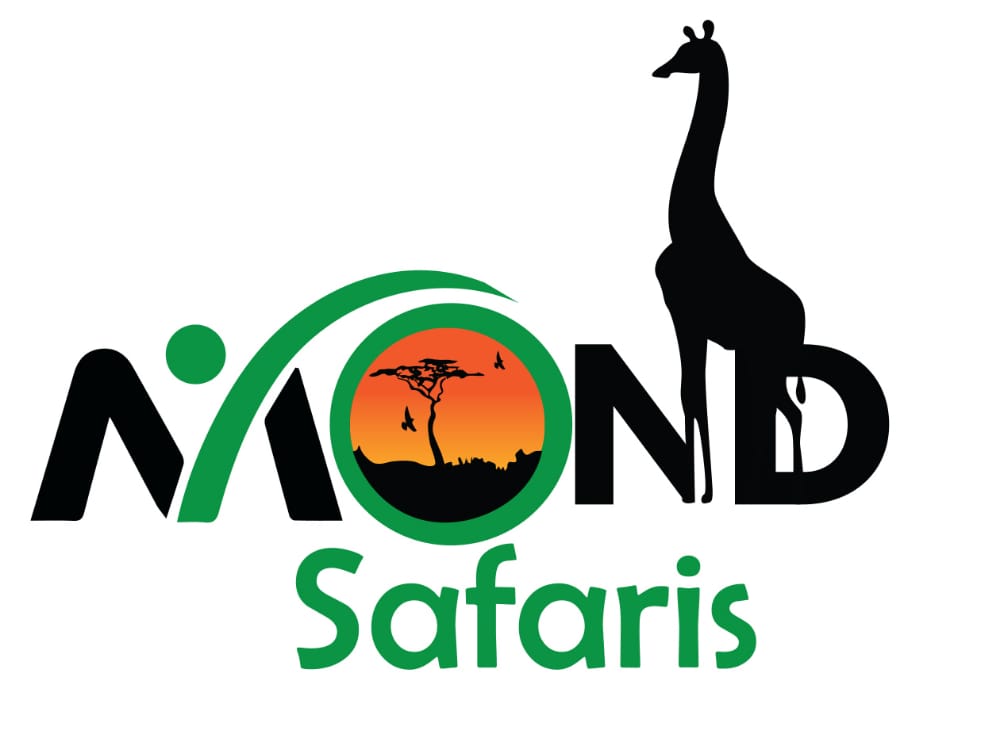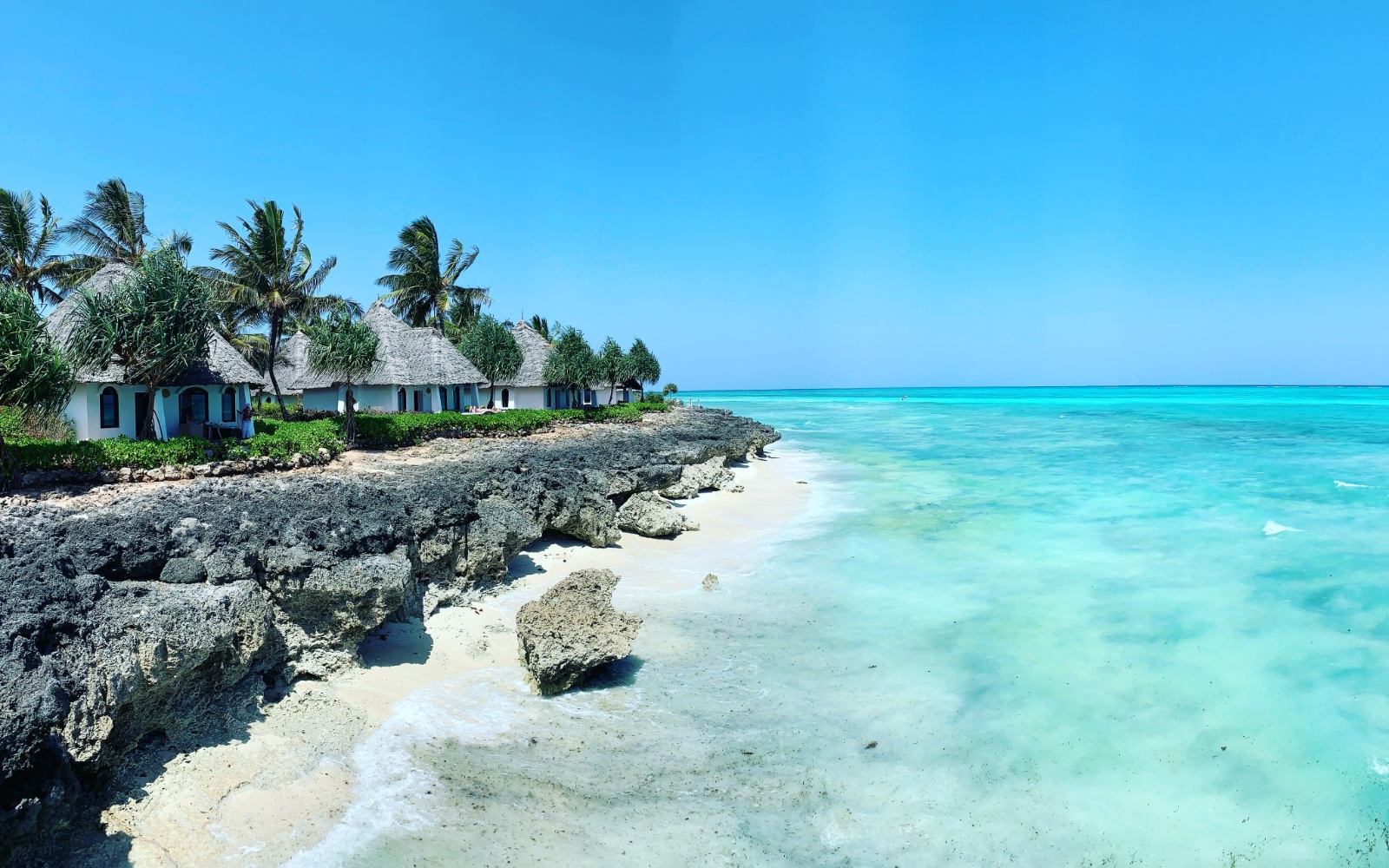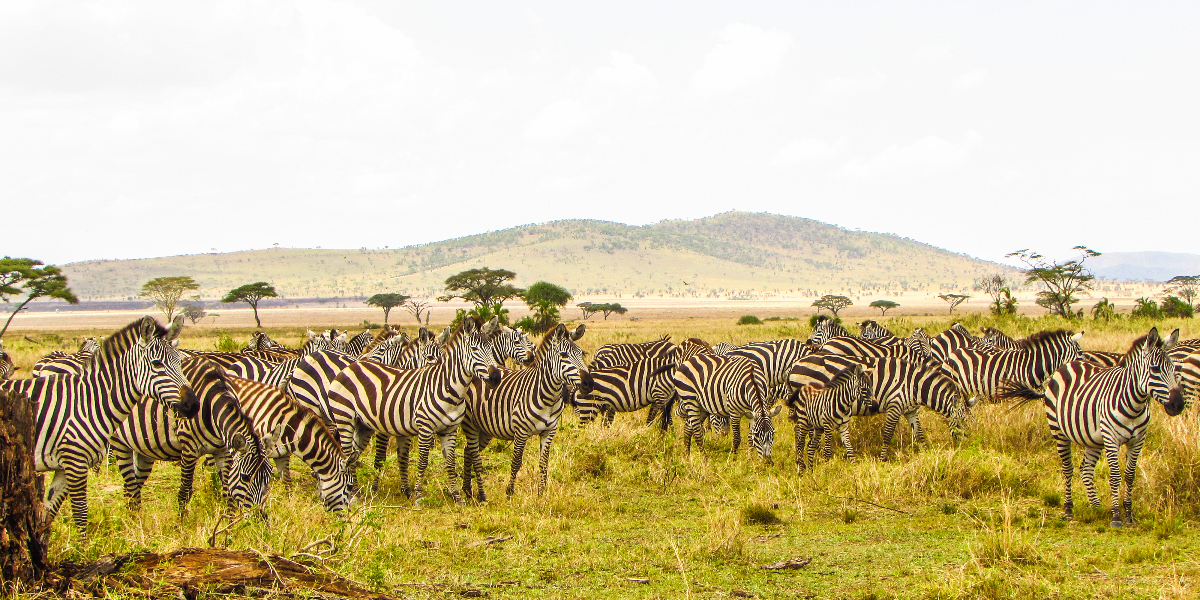Embark on an African adventure like never before as we unveil the top 7 best…

wildlife in Uganda
Uganda Wildlife | Uganda Wildlife Destinations: An introduction to wildlife in Uganda
wildlife in Uganda: Uganda is a land of extraordinary biodiversity, home to some of the most magnificent creatures on earth, including the African elephant, the mountain gorilla, and the Nile crocodile. But what is it about this country that makes it such a haven for these creatures? How do they adapt to their environment, and what threats do they face in the modern world? These are just a few of the questions that fill everyone’s mind as they embark on this journey of exploration and discovery. The wildlife of Uganda is a tapestry woven with intricate threads of wonder, danger, and beauty, and everyone eager to unravel its secrets. Join us on this journey as we explore the complex and fascinating world of Uganda’s wildlife.
wildlife in Uganda and tours
The wildlife in Uganda is a perplexing and bursting topic that captivates the imagination of nature enthusiasts around the world. This East African country boasts a diverse array of animal species, making it a prime destination for wildlife tours.
Uganda is home to some of the world’s most impressive creatures, including gorillas, chimpanzees, lions, leopards, elephants, and giraffes. The country’s national parks and reserves offer visitors the opportunity to observe these animals in their natural habitats, providing a unique and unforgettable experience.
Bwindi Impenetrable National Park is a particular highlight for wildlife enthusiasts, renowned for its mountain gorilla population. Tracking these majestic creatures through the dense forests of Bwindi is an experience like no other, evoking wonder and amazement at the sheer beauty and power of these animals.
Queen Elizabeth National Park is another popular destination, offering visitors the chance to spot lions, leopards, elephants, and a variety of antelope species. The park’s boat safari along the Kazinga Channel provides an excellent opportunity to observe the diverse birdlife and aquatic species that inhabit the park.
Here below are some of the wildlife tours in Uganda
-5-day gorilla and chimpanzee safari tour in Uganda
–9-day Uganda wildlife safari and gorilla tour
–6-day gorilla and chimpanzee habituation safari Uganda tour
–10-day birding tour in Uganda
–11-day mountain Ruwenzori hiking and wildlife safari
–4-day zip line and quad biking Uganda-tour
–4-days Murchison falls national park tour
–3-days queen Elizabeth wildlife tour
–3-days chimpanzee Uganda safari tour in-Kibale
–3-days Uganda luxury gorilla safari
wildlife animals live in Uganda

Uganda is a country in East Africa with a diverse range of wildlife. The country is home to a high degree of perplexity and burstiness of wildlife animals that are unique and fascinating to observe.
One of the most iconic animals found in Uganda is the mountain gorilla. These majestic creatures live in the dense forests of the Bwindi Impenetrable National Park and Mgahinga Gorilla National Park. Uganda is one of the few countries in the world where mountain gorillas can be observed in their natural habitat.
Another fascinating animal found in Uganda is the tree-climbing lion. These lions are found in Queen Elizabeth National Park and are known for their unique behavior of climbing trees. This behavior is thought to be a response to the hot temperatures in the area and to avoid being bitten by tsetse flies.
Uganda is also home to a large population of elephants. These gentle giants can be seen in many of the country’s national parks, including Murchison Falls National Park and Kidepo Valley National Park. Visitors to Uganda can witness these majestic animals bathing in rivers or grazing in the grasslands.
Other wildlife animals that can be found in Uganda include the Nile crocodile, leopards, zebras, giraffes, buffaloes, and many species of antelope. The country is also home to over 1,000 species of birds, making it a popular destination for birdwatchers.
In summary, Uganda is a wildlife enthusiast’s paradise, with a high degree of perplexity and burstiness of unique and fascinating animals to observe. From the majestic mountain gorillas to the tree-climbing lions and the gentle elephants, Uganda offers an unforgettable wildlife experience that should not be missed.
wildlife conservation in Uganda
Uganda has a rich and diverse wildlife population that is in constant need of conservation efforts to maintain their existence. The country’s wildlife conservation efforts have been marked by a high degree of perplexity and burstiness as they face numerous challenges, including poaching, habitat loss, and human-wildlife conflict.
One of the most successful wildlife conservation efforts in Uganda is the gorilla conservation program. The program has seen the mountain gorilla population increase over the years due to measures such as habitat restoration, anti-poaching patrols, and community education programs. The program has also created economic opportunities for local communities, which has reduced the impact of human-wildlife conflict.
However, conservation efforts in Uganda face significant challenges. Poaching remains a major threat to wildlife, with poachers targeting animals such as elephants and rhinos for their ivory and horns. Habitat loss due to deforestation and land encroachment is also a significant problem, leading to the displacement of wildlife populations and increased human-wildlife conflict.
To address these challenges, Uganda has implemented various measures to protect wildlife. This includes strengthening law enforcement, increasing public awareness through education campaigns, and promoting ecotourism as a means of generating revenue for conservation efforts.
Despite the challenges, Uganda’s conservation efforts have had some notable successes. For instance, the country has seen an increase in the population of endangered species such as the Rothschild’s giraffe, whose numbers have grown from 100 individuals in the 1990s to over 1,600 today.
In conclusion, Uganda’s wildlife conservation efforts have been marked by a high degree of perplexity and burstiness as the country grapples with challenges such as poaching, habitat loss, and human-wildlife conflict. Nevertheless, the country has made significant strides in protecting its wildlife population through measures such as the gorilla conservation program, strengthening law enforcement, and promoting ecotourism. These efforts are critical in ensuring that Uganda’s wildlife can thrive for generations to come.
What are the best national parks to visit for wildlife in Uganda?
Uganda is home to several stunning national parks that offer visitors a chance to observe a high degree of perplexity and burstiness of wildlife in their natural habitats. Here are some of the best national parks to visit for wildlife in Uganda:
1. Bwindi Impenetrable National Park – This park is best known for its population of mountain gorillas, with over half of the world’s population residing here. Visitors can participate in gorilla trekking expeditions to observe these gentle giants in their natural habitat.
2. Queen Elizabeth National Park – Located in western Uganda, this park is home to over 100 mammal species, including tree-climbing lions, elephants, buffalos, and hippos. Visitors can take a safari tour or a boat cruise to observe the wildlife.
3. Murchison Falls National Park – This park is known for its impressive waterfall and is home to a variety of wildlife, including elephants, lions, leopards, and giraffes. Visitors can take a boat ride to the base of the falls or take a safari tour to observe the wildlife.
4. Kidepo Valley National Park – This park is located in northeastern Uganda and is known for its stunning scenery and diverse wildlife population. Visitors can observe animals such as cheetahs, lions, leopards, elephants, and zebras.
5. Mgahinga Gorilla National Park – Located in southwestern Uganda, this park is home to several wildlife species, including mountain gorillas, golden monkeys, and several bird species. Visitors can participate in gorilla trekking expeditions or take a guided nature walk to observe the wildlife.
In summary, Uganda is a wildlife enthusiast’s paradise, with several national parks that offer a high degree of perplexity and burstiness of unique and fascinating wildlife species. From the gentle mountain gorillas to the tree-climbing lions and the impressive elephants, visitors to Uganda’s national parks are sure to have an unforgettable wildlife experience.
What kind of wildlife can I expect to see in Uganda?
Uganda is a country known for its rich biodiversity and stunning natural landscapes, making it a prime destination for wildlife enthusiasts. When it comes to the wildlife you can expect to see in Uganda, there is a wide variety of species to discover, including:
1. Mountain Gorillas – Uganda is one of the few places in the world where you can observe these majestic primates in their natural habitat.
2. Chimpanzees – Uganda is home to some of the world’s largest populations of chimpanzees, and there are several places where you can go on a chimpanzee tracking expedition.
3. Elephants – Uganda has a large population of elephants, and they can often be seen roaming through the savannah or browsing in the forests.
4. Lions – Uganda is also home to a variety of big cats, including lions, which can be found in several national parks.
5. Giraffes – Giraffes are a common sight in Uganda’s savannah regions, particularly in the Murchison Falls National Park.
6. Hippos – Uganda’s rivers and lakes are home to large populations of hippos, which can often be seen lounging in the water or grazing on the riverbanks.
7. Crocodiles – Uganda’s waterways are also home to Nile crocodiles, which can be seen sunbathing on riverbanks or swimming in the water.
8. Antelopes – Uganda has a variety of antelope species, including impala, eland, and bushbuck, which can be found in the country’s savannah and forested areas.
9. Birds – Uganda is a paradise for birdwatchers, with over 1,000 bird species recorded in the country, including the rare shoebill stork.
Overall, Uganda is a wildlife enthusiast’s dream destination, with a diverse range of species to discover and unforgettable experiences waiting to be had.
what is best time to visit Uganda for wildlife
First of all, it’s worth noting that Uganda can be visited year-round for wildlife viewing, as there are different species that can be seen at different times of the year. However, there are a few key factors that may affect your decision on when to go.
One of the most important factors is the weather. Uganda has a tropical climate, with two main rainy seasons – from March to May, and from September to November. During these periods, some roads and trails may become impassable, and wildlife may be more difficult to spot due to the dense vegetation. On the other hand, the dry season, from December to February and from June to August, is generally considered the best time for wildlife viewing, as the animals tend to congregate around water sources and are easier to spot.
Another important consideration is the migration patterns of certain species. For example, if you’re hoping to see mountain gorillas, the best time to visit is during the drier months, as the gorillas tend to stay closer to the trails and are easier to track. If you’re interested in birdwatching, on the other hand, the wet season may be a better time to visit, as many migratory birds arrive in Uganda during this time.
Ultimately, the best time to visit Uganda for wildlife viewing will depend on your individual preferences and interests. Whether you’re interested in primates, big cats, birds, or any other species, there’s always something to see in this beautiful country. So pack your bags, book your trip with mond safaris, and get ready for an unforgettable wildlife adventure in Uganda!
Challenges facing wildlife conservation in Uganda:
Uganda is home to a diverse array of wildlife species, including elephants, lions, gorillas, and many others. However, the country faces a number of challenges when it comes to wildlife conservation.
1. Habitat loss and fragmentation: As human populations grow and agriculture expands, natural habitats are being destroyed and fragmented, leading to loss of biodiversity and increased human-wildlife conflict.
2. Poaching and illegal wildlife trade: Poaching and the illegal trade in wildlife products, such as ivory and bushmeat, remain a serious threat to many species in Uganda.
3. Human-wildlife conflict: As people and wildlife come into closer contact, conflicts can arise, such as crop damage, livestock predation, and attacks on humans.
4. Climate change: Changes in temperature and rainfall patterns are impacting wildlife habitats and migration patterns, leading to changes in species distributions and abundance.
5. Lack of funding and resources: Despite efforts to protect wildlife in Uganda, conservation efforts are often underfunded and resources are limited.
Is it safe to visit the national parks in Uganda?
Visiting Uganda’s national parks can be a safe and rewarding experience for tourists, but it’s important to take precautions and follow safety guidelines. While incidents of crime or violence against tourists are rare, visitors should be aware of their surroundings and avoid walking alone at night. It’s also important to take precautions against mosquito-borne illnesses such as malaria, and to ensure that all necessary vaccinations have been received.
What is the cost of a wildlife safari in Uganda?
The cost of a wildlife safari in Uganda can vary depending on the length of the safari, the number of people in the group, and the level of luxury desired. Prices for a 3-4 day safari can range from $1,000 to $5,000 per person, while longer, more luxurious safaris can cost upwards of $10,000 per person. It’s important to talk to tour operators to find the best deal.
How can I contribute to wildlife conservation efforts in Uganda?
There are many ways that tourists and visitors to Uganda can contribute to wildlife conservation efforts, such as supporting local conservation organizations, participating in responsible wildlife viewing activities, and spreading awareness about the importance of conservation. Visitors can also make a direct contribution by volunteering with a conservation organization, or by making a donation to support conservation efforts.
Are there any rare or endangered species in Uganda’s national parks?
Uganda is home to a diverse range of flora and fauna, with its national parks boasting an impressive array of rare and endangered species. Some of the notable examples include the mountain gorillas, whose population is estimated to be around 1,000 individuals, making Uganda one of the only three countries in the world where they can be found. Other endangered species that can be found in Uganda’s national parks include the Rothschild’s giraffe, the shoebill stork, and the African elephant. There are also several endemic species that are found only in Uganda, such as the Uganda kob and the Uganda mangabey.
Despite the efforts of the government and conservation organizations to protect these species, many of them still face significant threats from habitat loss, poaching, and other human activities. Therefore, it is crucial to ensure that these national parks are properly managed and conserved to safeguard the future of these rare and endangered species.
Are there any restrictions on wildlife photography in Uganda?
Wildlife photography is a popular activity in Uganda’s national parks, attracting many tourists and photographers from around the world. However, there are certain restrictions in place to ensure that the animals and their habitats are not disturbed. For instance, visitors are usually required to obtain a photography permit, which allows them to take pictures of the wildlife in the designated areas.
There are also specific guidelines that photographers must follow when taking pictures of the animals. For example, they are not allowed to use flash photography, which can startle the animals and disrupt their natural behavior especially during gorilla trekking. Additionally, visitors must maintain a safe distance from the animals to avoid any potential risks or harm to themselves or the wildlife.
It is important to note that these restrictions are in place to protect the animals and their habitats, and visitors should always respect them to ensure a safe and enjoyable wildlife photography experience.
Can I go on a gorilla trekking safari in Uganda?
Yes, you can go on a gorilla trekking safari in Uganda, which is one of the most popular and thrilling wildlife experiences in the world. Uganda is home to more than half of the world’s remaining population of mountain gorillas, making it an ideal destination for gorilla trekking safaris.
Visitors can go on guided tours to track and observe these majestic animals in their natural habitat. The tours usually last for a few hours and involve hiking through the forested hills to reach the gorilla groups. Visitors are allowed to spend a maximum of one hour with the gorillas, during which they can observe their behavior, take pictures, and learn more about their conservation.
Gorilla trekking safaris in Uganda require a permit, which must be obtained in advance. These permits are limited to a certain number of visitors per day to minimize the impact on the gorillas and their habitat. Therefore, it is recommended that visitors book their permits well in advance to avoid disappointment.
What is the impact of tourism on Uganda’s wildlife?
Tourism has both positive and negative impacts on Uganda’s wildlife. On the positive side, tourism can generate significant revenue for conservation efforts, providing funding for the management and protection of national parks and wildlife reserves. It can also raise awareness about the importance of conservation and create incentives for local communities to participate in conservation activities.
However, tourism can also have negative impacts on wildlife if it is not managed properly. For example, increased tourism can lead to habitat destruction, increased pollution, and disturbance of wildlife behavior. The influx of visitors can also increase the risk of disease transmission between humans and animals, which can be devastating for vulnerable populations.
To mitigate these negative impacts, it is important to ensure that tourism is managed in a sustainable and responsible manner.
Book with us a and have a great wildlife safaris and tours in Uganda by emailing us at info@mondsafaris.com




